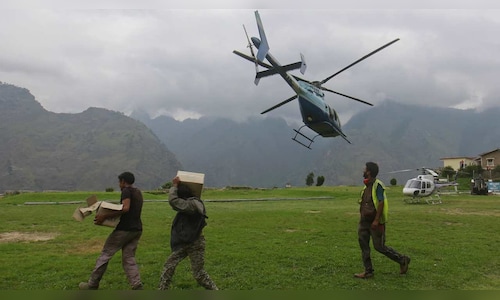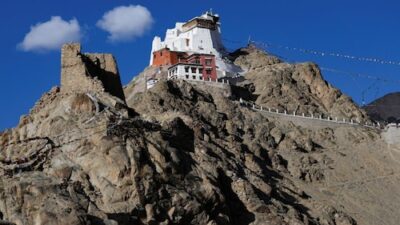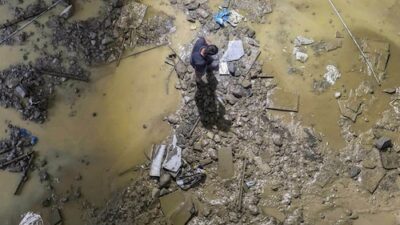This decision follows a series of recent incidents related to helicopter operations in the region, leading the DGCA to enforce stricter safety protocols.
Safety investigations are currently in progress to determine the contributing factors, which may include mechanical issues, operational errors, and weather-related difficulties.
Challenges of Flying in Uttarakhand:
Helicopter operations in Uttarakhand face significant challenges due to the difficult terrain, featuring narrow mountain valleys, high-altitude helipads, and rapidly changing weather conditions.
Flying at low altitudes in such environments allows very little room for mistakes, making strict compliance with standard operating procedures (SOPs) essential.
DGCA’s Key Actions:
Suspension of Kestrel Aviation’s operations while investigations are conducted.
Special audits and heightened surveillance have been mandated for all helicopter operators offering shuttle and charter services in Uttarakhand.
Real-time monitoring of helicopter activities will be conducted through live camera feeds from helipads such as Kedarnath, as provided by the Uttarakhand Civil Aviation Development Authority (UCADA).
Two helicopter operators have been temporarily suspended for two hours today for failing to adhere to SOPs regarding parking procedures.
A review is currently taking place to evaluate the necessity of restricting helicopter operations to the Char Dham for safety purposes.
Why pilgrims use helicopters:
The Char Dham Yatra is regarded as one of the most sacred pilgrimages in Hinduism, encompassing four high-altitude shrines: Kedarnath, Badrinath, Gangotri, and Yamunotri. Pilgrims undertake this journey to seek spiritual purification, moksha (liberation), and divine blessings.
Nestled in the Garhwal Himalayas, these sites are accessible between April/May and October/November, attracting millions each year despite the challenging landscape and unpredictable weather.
The pilgrimage routes are arduous and time-consuming by road, which is why helicopter services have gained popularity, particularly among elderly and time-constrained pilgrims.



